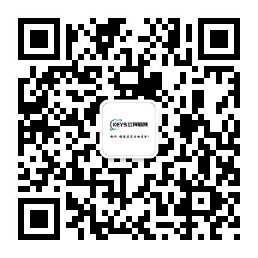I. Introduction to PSE Certification
PSE certification is a mandatory safety certification in Japan, used to prove that electrical and electronic products have passed the safety standard tests of Japan's Electrical Appliance and Material Safety Law (DENAN Law) or the international IEC standards. Japan's DENTORL Law (Electrical Appliance and Material Control Law) stipulates that 498 types of products must pass safety certification before entering the Japanese market. Among them, 165 types of Class A products should obtain the diamond-shaped PSE mark, and 333 types of Class B products should obtain the circular PSE mark. Since April 1, 2001, the "Electrical Appliance and Material Control Law (DENTORL)" has been officially renamed the "Electrical Appliance Safety Law (DENAN)". Different from the control of the previous regulatory system's consensual provisions, the new system will have non-governmental institutions to ensure the safety of products.
II. Product Scope of PSE Certification
The 165 types of Class A products are as follows:
Wires and cables, fuses, wiring devices (electrical accessories, lighting appliances, etc.), current limiters, transformers, ballasts
Electric heating appliances, electric power application machinery and appliances (household appliances), electronic application machinery and appliances (high-frequency hair removal devices)
Other AC electrical machinery and appliances (electric insect killers, DC power supply devices), portable engines
The 333 types of Class B products are divided into 7 parts:
1. Simple wiring casings and junction boxes;
2. Simple single-phase motors between 100V and 300V;
3. Household electric heating products;
4. Household electric or gaming products;
5. Civil or household products using light sources;
6. Household and commercial electronic products;
7. Other electrical products between 100V and 300V.
III. Materials to be Prepared for PSE Certification
1. Materials to be submitted for the application: Business license, application form;
2. Materials to be prepared for the test:
1. CB report (including the differential tests specific to Japan);
2. Circuit diagram (Layout);
3. PCB design diagram related to safety regulations;
4. Specification sheets of transformer and coil components;
5. List of key components and their certificates;
6. Japanese user manual or assembly manual;
7. Japanese nameplate and warning signs (including the PSE mark and the name of the notified supplier);
8. Structure data sheet;
9. List of equipment used in factory production and calibration certificates, etc.
Samples provided for the test: At least two main inspection models, and one of each derived model.
IV. Validity Period of PSE Certification Certificate
For the diamond-shaped mark of Class A, it can be 3 years, 5 years, or 7 years (depending on the specific product)
For the circular mark of Class B, it can be 1 year, 2 years, or 3 years (depending on the specific product)
